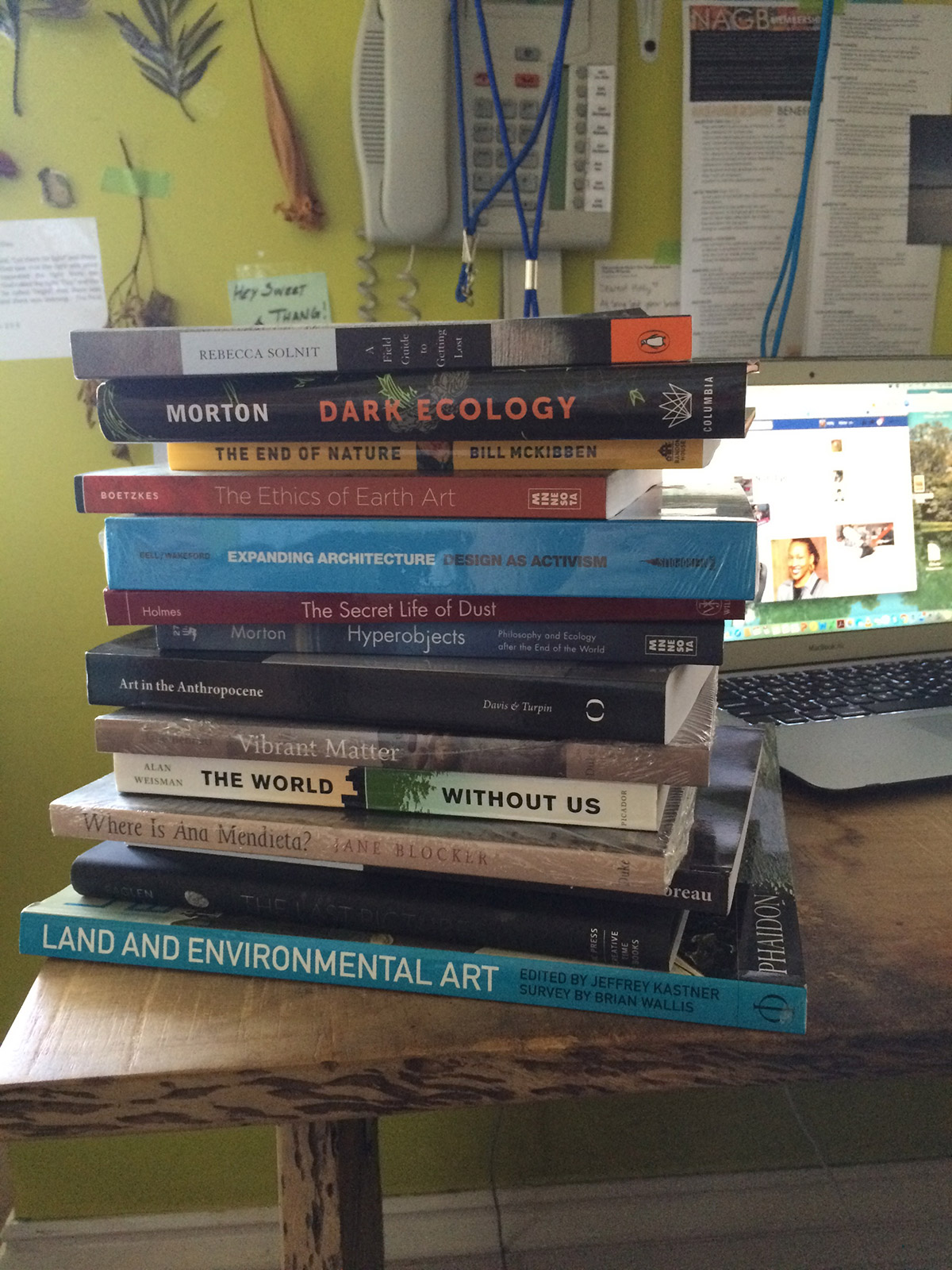
A Sustainable Future for Exuma speaks to the vast concerns deriving from global climate change that underscore the need for sustainable living and development. More broadly the project focuses on finding innovative and positive ways to examine the linkages between human actions and the corresponding influence on the built environment. One need not look further than the Exuma archipelago to see how forces that are within our control are leaving a lasting impression on our land and seascape. These conditions include habitat destruction, industrialisation, land degradation, and pollution. This rapid decline is often looked at in a microcosmic way, especially in the Caribbean. Despite often being touted as conspiracy, it is more and more clear that our shorelines, dockyards, dumps, water tanks, zinc roofs, fishing nets, wells and pockets are negatively impacted due to the precipitous changing seasons and cycles.
In April 2016, under the auspices of the United Nations, 195 countries came together to sign the Paris Agreement. The idea was to collate data and find unity in an attempt to implement international measures that might prevent the world’s average temperature from rising beyond the currently projected 2ºC in the coming decades. It is important that developing countries—and in particular countries with additional risk like the Bahamas—educate their populations about the dangers of continuing to ignore factual information about climate change.

The GSD extended an invitation for collaboration on A Sustainable Future for Exuma with the National Art Gallery of The Bahamas (NAGB). Together, they compiled a list of books that specifically address environmental change and sustainability, with the aim to curate a selection of reading material that engages a wider audience. Each reading carefully considers the creative ways in which art, literature and the confluence of other mediums are impacting the world in which we live. In many ways, the holistic selection of material attests to the need for a more climate-resilient future that is built from the inside out. It starts with the mind as the most impressionable tool that can be sharpened to allow for the sort of critical thinking that leads to more empathetic actions in our communities. The idea is to foster dialogues that address social and environmental concerns that affect our overall security.
The NAGB is taking this opportunity to think about our usefulness and the way in which our local communities can come into peripheral information of practical benefit. Information is everywhere, some accurate, some erroneous, however by bolstering the universality of the skills needed to sort through what is fact and what is not, the NAGB intends to create direct links to how the public at large thinks about knowledge translation. It is like the adage says ‘give a man a fish and you feed him for a day, teach the man how to fish and you feed him for a lifetime’.
Making linkages to support creative practices and promote curiosity helps to define our choices. Starting with a deconstruction of the colour blue, linking it to distance, nostalgia contemplation and the source of unending room to question one’s self in relation to the rational and emotional world around us, the American author, environmentalist and activist, Rebecca Solnit’s A Field Guide to Getting Lost, examines the essence and mood of the index cards viewed upon entry into this exhibition. It is the spirit of Solnit’s curiosity with which the additional volumes interact, facilitating an expansion of the imagination along with a deep reflection on the moment of our contemporary reckoning.

Trevor Paglen’s, The Last Pictures is a time capsule in which we come to experience the world over the last century. The selection of images speaks deeply towards the world that has changed and shifted due to the impact of the human footprint. As we enter into the new epoch—the Anthropocene—we distinctly see the scar that humankind has left on Earth. In Thoreau’s iconic Walden, we are hurled deep into the belly of nature, to a man confronting his self in the wilderness of space and philosophy, bringing into question the things of necessity, excess and our relationship with consumption.
Cuban-American artist Ana Mendieta’s practice has been lauded for decades, its importance becoming more grounded and essential as we think about the woman’s body and how it relates to Earth. In so many regards, Earth was a material that Mendieta foraged in, a mineral that she used for impressions, an element for her nests and safe spaces, as well as a shifting and fecund container for her body. In The Ethics of Earth Art, Amanda Boetzkes explores the diversity of the physical world and how artists have moved through eras using the land as a main source of inspiration for the creation of artwork.
The amassed volumes move between philosophy, materiality, activism, humanity, wanderlust, the circle of life and the moment that we are now confronting, the moment of reckoning that is to come with Mother Nature as she creates new macrocosms and ecologies for us to explore, interact with and acquiesce within.
Collection:
The World Without Us – Alan Weisman
Hyperobjects: Philosophy and Ecology after the End of the World (Posthumanities) – Timothy Morton
The Ethics of Earth Art – Amanda Boetzkes
The End of Nature – Bill McKibben
Vibrant Matter: A Political Ecology of Things (A John Hope Franklin Centre Book) – Jane Bennett
The Secret Life of Dust: From the Cosmos to the Kitchen Counter, the Big Consequences of Little Things – Hannah Holmes
The Last Pictures – Trevor Paglen
Walden – Henry David Thoreau
Art in the Anthropocene: Encounters Among Aesthetics, Politics, Environments and Epistemologies (Critical Climate Change) – Heather Davis
Land and Environmental Art – Jeffrey Kastner
A Field Guide to Getting Lost – Rebecca Solnit
Expanding Architecture: Design as Activism – Bryan Bell
Where is Ana Mendieta? Identity, Performativity and Exile